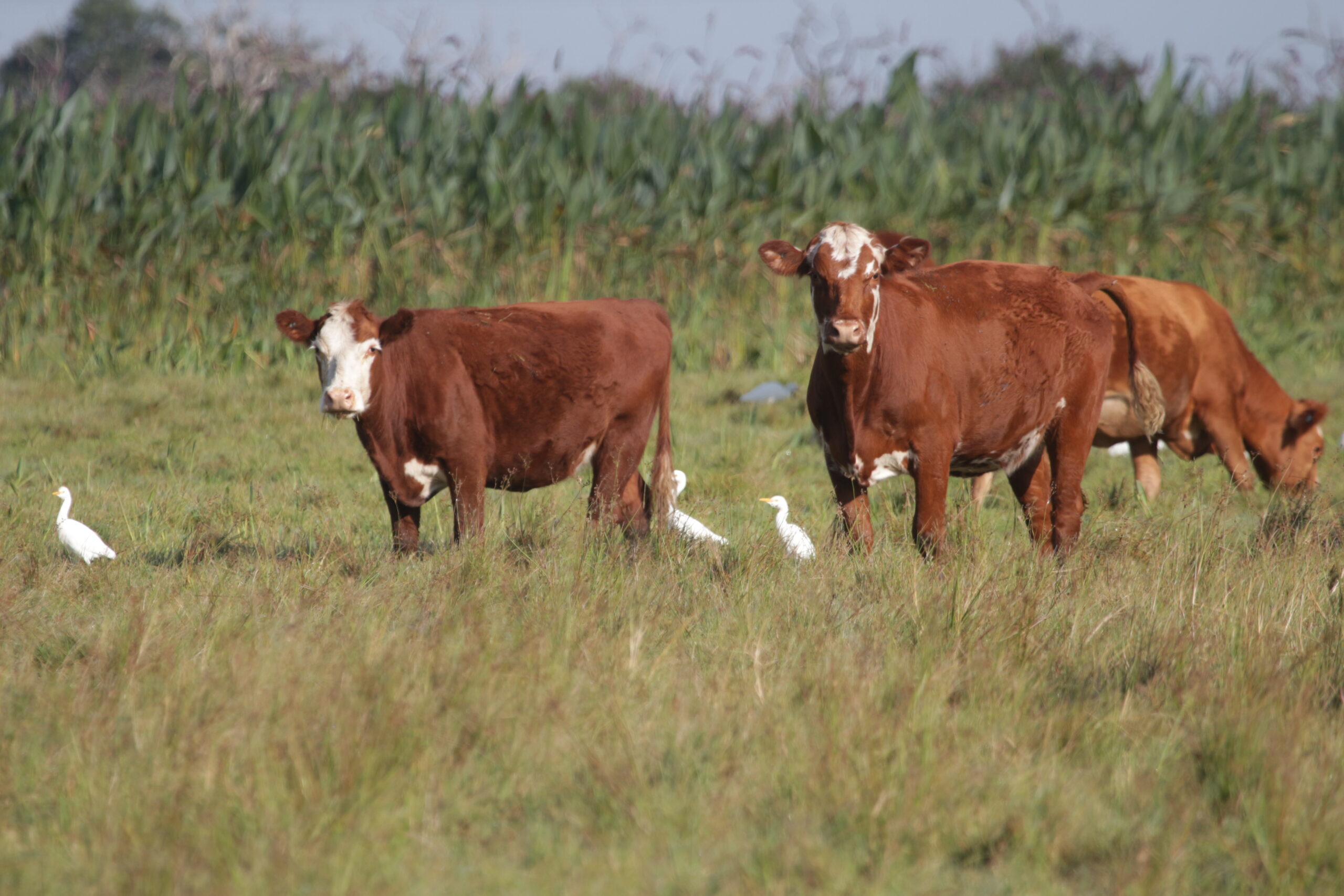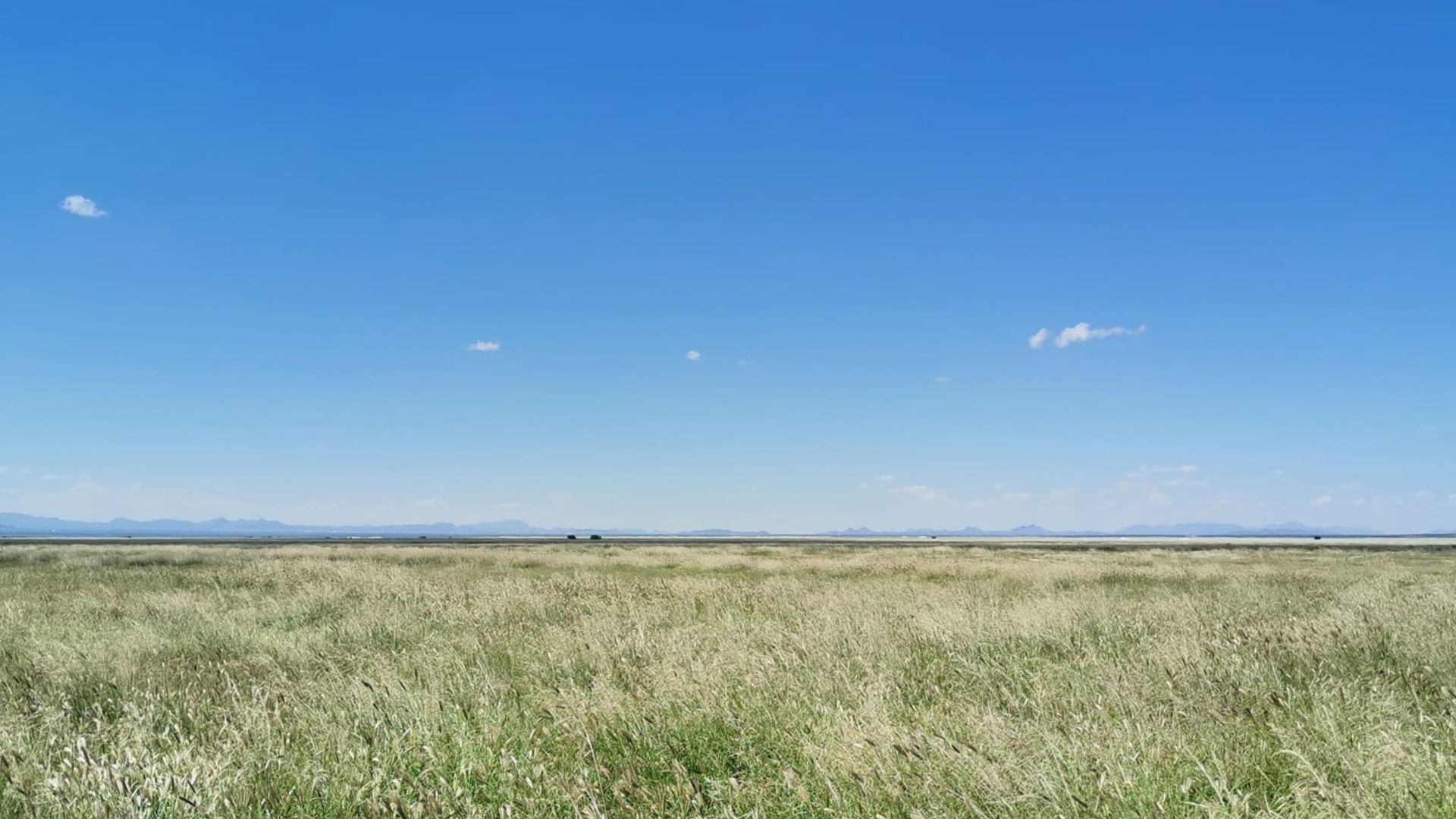scroll

Rather than prescribe a template of practices for farmers and ranchers to adopt across the world, Boomitra supports adaptive and culturally-responsive regenerative agriculture. Each ecosystem, region, and culture are unique, and we identify improved agricultural practices that align with each one.
We’re able to provide bespoke advice and insights thanks to our Carbon Hacking team. These scientists, with backgrounds in soil science, agronomy, and greenhouse gas accounting, are dedicated to analyzing soil health and providing actionable insights to the growers enrolled in our projects across the world. In addition to staying in the loop on the latest soil science, they provide tailored advice and plans for regenerative practices to increase over time. For the past few months, they have been sharing soil facts on our socials. Here, we collate them into an accessible document.
Let’s dig into their insights on soil health!
Erosion doesn’t just wear down the land. It can bring down entire civilizations. From the Roman Empire to Easter Island, history is full of stories where poor farming choices led to collapse. Fast forward to the US Dust Bowl, China’s Loess Plateau, and Africa’s Sahel: soil loss still threatens our future.
By caring for the resource beneath our feet, we’re giving ourselves a strong foundation upon which to build a resilient and sustainable future. As Franklin D. Roosevelt, the 32nd US President, stated in 1937, “The nation that destroys its soil destroys itself.”
The rhizosphere is a soil microbe wonderland. It is the bustling zone around plant roots where roots release nutrients, creating a microbe hotspot. Thriving microbes aid in nutrient exchange, boosting plant growth and building healthier soil. Regenerative farmers can cultivate a healthy rhizosphere by nurturing diverse soil biology through practices like minimal tillage and cover cropping. By feeding the soil, they support ecosystems where plants and microbes work in harmony, improving soil structure, water retention, and carbon sequestration.
Soil microbes are nature’s plant protectors. Fungi like mycorrhizae deliver vital nutrients and water while even sending pest warnings between plants. These microbes act as a natural defense team, controlling pests and harmful bacteria. In a healthy ecosystem, soil microorganisms form a protective coat over plant roots, stems, and leaves. Keeping these soil microbes alive and thriving is key to healthy ecosystems—and regenerative agriculture helps soil microbes do their best work by supporting biodiversity and nutrient cycling.
Soil is nature’s super sponge. Healthy soil can store enough water to fill 1.5 Olympic swimming pools per hectare. Across Asia, soils hold an astonishing amount of water—more than many of the region’s largest lakes and rivers combined! When soils can store vast amounts of water, they are reducing the risk of floods and building resilience against droughts.
Soil is nature’s medicine chest. Some of our most powerful antibiotics, like penicillin, come from the soil beneath our feet. This is because soil is teeming with microbes that have helped us fight infections for decades.
Soil meiofauna acts as an ecosystem engineer. Organisms like mites, springtails, and other small invertebrates aerate the soil, mix it, and improve its structure by creating tunnels and cavities.This allows water and air to penetrate more effectively, facilitating root growth. They also make organic matter accessible to plants and contribute to nutrient availability.
Soil health is reflected in its structure. The way soil particles group together can reveal the soil’s condition. Stable granular aggregates support plant growth by improving air and water movement, while massive formations can indicate compaction or drainage issues. High aggregate stability is a sign of healthy soil that resists erosion, too.
Soils “speak” through their colors. Colors reveal soil composition and processes. Red soil means there are iron oxides, dark soils mean there is a lot of organic matter, and blue or greenish soils indicate waterlogged conditions. This visual cue gives growers and soil scientists insights into the status and health of their soils.
By caring for the soil beneath our feet, we’re building a resilient and sustainable future—one rooted in science, biodiversity, and regenerative practices. At Boomitra, we tailor our approach to the unique needs of each ecosystem, empowering farmers and ranchers with actionable insights from our Carbon Hacking team, as well as the Boomitra rancher and farmer apps. If you’re ready to explore how soil health can drive climate resilience and economic opportunity, let’s work together to restore landscapes, support communities, and grow a thriving planet.
Check out soil regeneration in practice, in our project portfolio.


